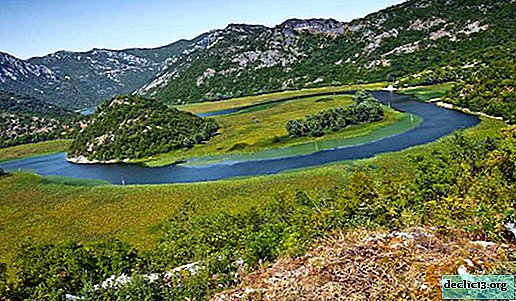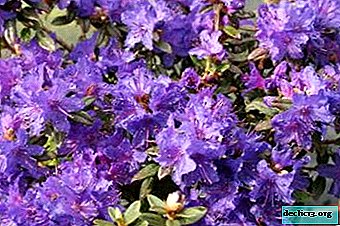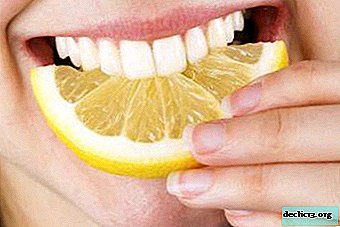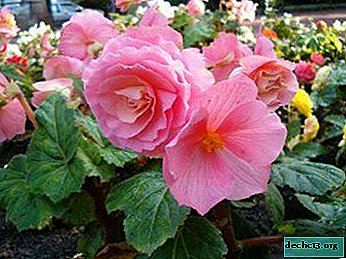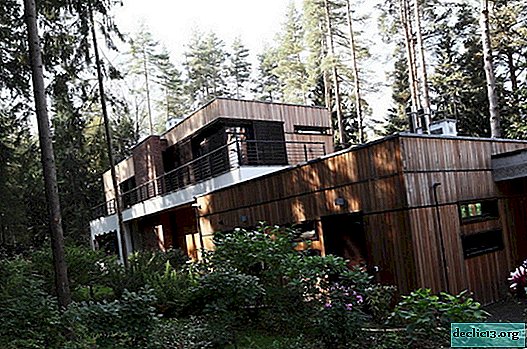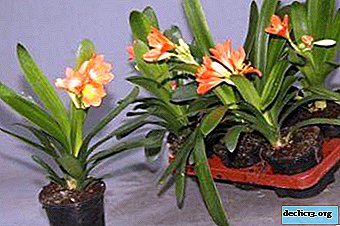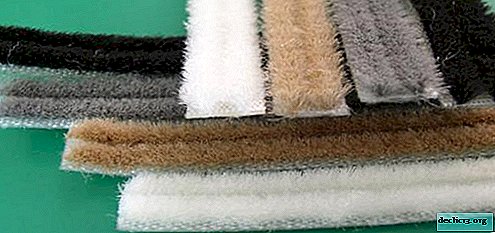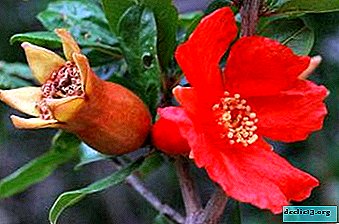The nuances of breeding roses: how to root a stalk? Step-by-step instruction and review of special tools
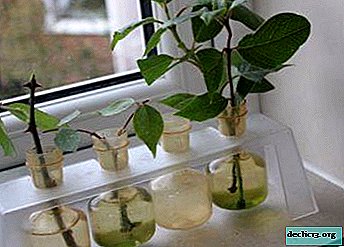
Rooting cuttings of the queen of flowers is an easy way to propagate roses. But it is not always possible to get the expected result. Why is this happening?
Not knowing all the requirements, it is difficult to "turn" the flower shoot into a real plant. This article is about all the nuances of the process of rooting the Queen of Flowers in the autumn. You will learn about rooting methods, the intricacies of each process and possible errors. Next, we will tell you whether it is possible to sprout a rose stalk in the fall, as well as about the "triad" - a folk super-tool for germination.
When is it possible?
The most favorable time for rooting is the end of spring - the beginning of summer: the plant is in the phase of active vegetation, environmental conditions only contribute to this process. Also, a good time for cuttings is mid-autumn: the time when the rose bush is pruned for the winter.The end of summer is not suitable: a young seedling will not have time to gain enough strength to survive the winter.
Special tools
The purpose of using special rooting agents is to accelerate root formation and increase the growth rate of shoots. The best drugs that stimulate the root formation of roses are:
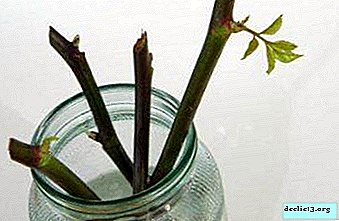 "Kornevin";
"Kornevin";- Kornerost;
- "Heteroauxin";
- "Zircon";
- "Epin - extra" and others.
All these drugs belong to biostimulants (photoharmonics), which, getting on the covering tissues of cuttings, irritate them, thereby stimulating the appearance of callus and roots.
Callus is a plant tissue that forms on the surface of shoot wounds or cuttings as a result of division of the nearest living cells.
In addition to the fact that these drugs improve the rooting process of cuttings, help the development of the root system, they also reduce the impact on plants of adverse external factors (waterlogging, drought, temperature changes).
But nevertheless it should be noted: these drugs are not a panacea for all problems. They absolutely do not replace organic and mineral fertilizers, and, of course, Do not forget about the care that the rose needs: watering, compliance with temperature conditions, etc.
The “miracle remedy” called “triad” is especially popular among the people, since this remedy consists of 3 components:
- 1 tsp honey;
- 2 tsp aloe juice (the leaf of the plant is kept in the refrigerator for 24 hours);
- 1 tsp ash from wood.
- All ingredients are mixed and poured ½ cup of clean, decanted water.
- This composition includes cuttings prepared for rooting for approximately 6 hours (time depends on the condition of the cuttings).Each of them should have 2 - 3 live kidneys.
How to germinate at different times of the year?
 There are 2 periods that are suitable for rooting a rose: spring-summer and autumn-winter. But when choosing cuttings it is necessary to be guided by certain criteria, which are preserved regardless of the intended rooting season.
There are 2 periods that are suitable for rooting a rose: spring-summer and autumn-winter. But when choosing cuttings it is necessary to be guided by certain criteria, which are preserved regardless of the intended rooting season.
Rooted young semi-freshened shoots that are taken from healthy, strong plants.
The shoots should be ripe, as even as possible, without visible damage and infectious lesions, their optimal diameter is 4 - 5 mm.
The cutlery is better to take from the middle of the shoot, its recommended length is 15 - 20 cm, it must necessarily contain 3 - 5 developed kidneys. The upper cut - a straight line - is made 2 - 3 cm above the upper kidney, and the lower - at an angle of 45 degrees - directly under the lower kidney. The lower leaves and thorns are cut, the upper leaves are reduced by 2/3.
Spring and summer
Roses, rooted in spring and summer, during the period of active vegetation, perfectly take root in the ground, but, unfortunately, are not sufficiently resistant to frost. Rooting of roses in spring and summer can be done in water or immediately into the ground.
A cut of cuttings is best done in the morning or evening hours. Rooting in the soil implies a 2/3 penetration of the cuttings into a substrate consisting of peat and fertile soil. From above, sand is poured into the landing pit, which helps to prevent rotting of the shoot as a result of accumulation of excess water during irrigation.To create a semblance of greenhouse conditions flower growers often planted stalk covered with a cut plastic bottle or glass jar, which can be opened after the kidneys start to grow. You can remove the capacity after the rooting of the plant is complete. Planting stock is necessary to provide good lighting, the absence of drafts, a sufficient temperature (+ 22C - + 24C), moderate watering and systematic spraying with room-water at room temperature.
- Inventory preparation.
The set of inventory depends on the rooting method chosen. But you definitely need a sharpened knife or secateurs, which are pre-treated with an antiseptic, such as alcohol.
If you plan to root under a jar, then you will also need a transparent container (a glass jar or a cut plastic bottle).If the cuttings will let the roots in the cuttings, then for its construction will need iron arcs, agrofibre and plastic film. If the florist is planning to try the Burrito method, then it will be necessary to prepare newspapers. Well, for the germination of roses in potatoes, you will naturally need this root crop.
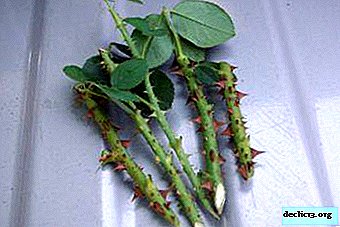 Cutting Processing.
Cutting Processing.Before rooting the cuttings, it is desirable to treat the root formation stimulator, then the effectiveness of this procedure will be much higher.
Before using each drug, it is necessary to carefully study the instructions, especially the sections "Method of application" and "Precautions".
- Special solution preparation.
- "Kornevin" (10 g of the drug per 10 liters of water).
- "Cornerost" (0.2 g of the drug per 10 liters of water).
- "Heteroauxin" (2 tablets per 1 liter of water).
- Zircon (1 ml in 1 liter of water).
- "Epin - extra" (5 drops per 0.5 liter of water).
- Putting cuttings in solution.
- So, in “Kornevin” you can simply dip the tip of the cuttings right before planting in the ground, or you can dilute it with water and keep the cuttings in the resulting solution for 6 hours.
- In Kornerost, the shoots are soaked for 10-16 hours.
- In "Heteroauxin" - for the night.
- In "Zircon" - at 12 - 14 hours.
- In "Epin - Extra" they should be held for 18 - 20 hours.
- When to wait for the result?
Treated with a biostimulant, cuttings will release callus after 2 to 3 weeks, the appearance of these roots will need to wait a few more weeks. Propagation of roses by cuttings occurs quite quickly.
Within one to two seasons, subject to all the requirements for this process, you can get a young plant. 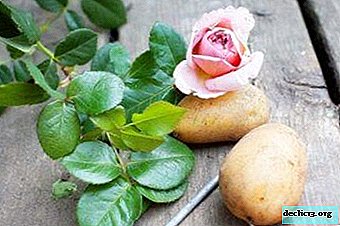 Burrito Method.
Burrito Method.Cuttings of 4-7 pieces are wrapped in a newspaper (in 2-3 layers) and, having moistened them with water, wrapped in polyethylene and placed in a dark place. Recommended temperature is 14-18 degrees. When the roots appear, rose cuttings should be planted in pots (one at a time) or in the soil, so that the upper bud rises above the surface. The pot is usually covered with foil.
- In water.
Rooting in water involves placing the cuttings treated with the stimulant of root formation in a container with settled or boiled water. It must be changed every 2 days, and the container itself should be put in a room with moderate lighting. After the appearance of roots, cuttings are planted in pots that are filled with drainage and a nutritious soil mixture.
- In the potato.
In a large or medium-sized potato tuber (all eyes are previously removed), it is necessary to stick the processed stalk approximately to its center.
A stalk with potatoes is immersed in the ground: in open ground or in a container on the windowsill. - Cuttings of a rose rotted in water.
Most likely, there was a lot of liquid in the container. You can try to update the cut on the handle and immerse it in water again.
- The stalk does not take root.
There can be many reasons: from inappropriate soil composition to inappropriate rose variety. Do not forget about the proper care of cuttings.
- Cutting blackened.
As a rule, the reason lies in the infection of the young plant. If the stalk is completely blackened, then there is no hope to reanimate it. But if green areas on the stem are also visible, then they must be disinfected with a 5% solution of copper sulfate.
Fall and winter
When preparing a rose bush for winter (pruning) there are many viable shoots that can be rooted or stored until spring, and only with the onset of warm days to plant in the ground. Rooted plants in autumn and winter are characterized by increased viability, they will not be afraid of temperature changes and bad weather in their "adult" life.
 Cutting in the fall can be done using the can method., as well as in the spring. And you can equip a special structure - a cuticle to save life in cuttings, and leave them there. If everything is done correctly, then in the spring the florist will receive shoots that have already overgrown with callus, then rooting them in the ground is a matter of time.
Cutting in the fall can be done using the can method., as well as in the spring. And you can equip a special structure - a cuticle to save life in cuttings, and leave them there. If everything is done correctly, then in the spring the florist will receive shoots that have already overgrown with callus, then rooting them in the ground is a matter of time.
If it is not possible to equip the cuttings, then to save the cuttings of roses, you can use methods such as digging up pink shoots into the ground or directly under the bush of a prickly beauty, storing them in a refrigerator, basement, on a balcony or loggia, Burrito method, rooting method in potatoes or in water.
We suggest watching a video on how to root a rose in the fall:
Step-by-Step Rooting Guide
The cuttings of roses are placed on the rooting in the substrate as follows: in the upper layer of soil a small depression is made, into which the cuttings are lowered at an angle of 45 degrees (1/3 of the shoot or 1-2 kidneys remains above the ground).
Description of the methods
Fighting Challenges
There are many ways to extend the life of a rose you like.whether it is from a bouquet or from a garden. Which one to choose is a matter of taste for the grower. But in any case, all efforts will be generously rewarded by the lush flowering of the Queen of Flowers.

 "Kornevin";
"Kornevin"; Cutting Processing.
Cutting Processing. Burrito Method.
Burrito Method.